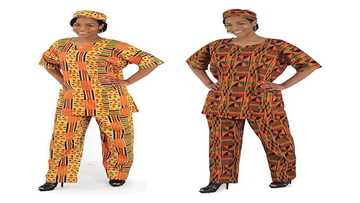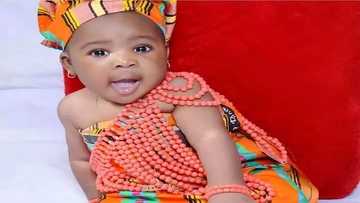Ghanaian traditional symbols and their meanings
Ghana has been a cultural hub ever since the reign of the Asante empire. It is no surprise to find that the traditions of the Asante are still alive in the hearts and the activities of the Ghanaian people. One of the traditions that have been kept alive is the use of Ghanaian traditional symbols. The symbols have been used since time immemorial. The symbols are very important, not only in Ghana but also in the whole world. They have been incorporated into fashion, sculptures and many other things including paintings which are sold to people all around the world. You might have an earring that depicts one of the Ashanti tribe symbols any you might not even be aware of it.

We seek to show you the different types of Ghanaian tribal symbols and their meanings so that when you come across one, you will be able to identify it and its significance and you may opt to buy it.
Ghanaian symbols and their meaning
The list will show the different Adinkra symbols and meanings together with proverbs associated with the symbol.
Sankofa
The Ghanaian symbols sankofa is one that aims at showing the importance of learning from the past. It is a popular symbol among Africans.
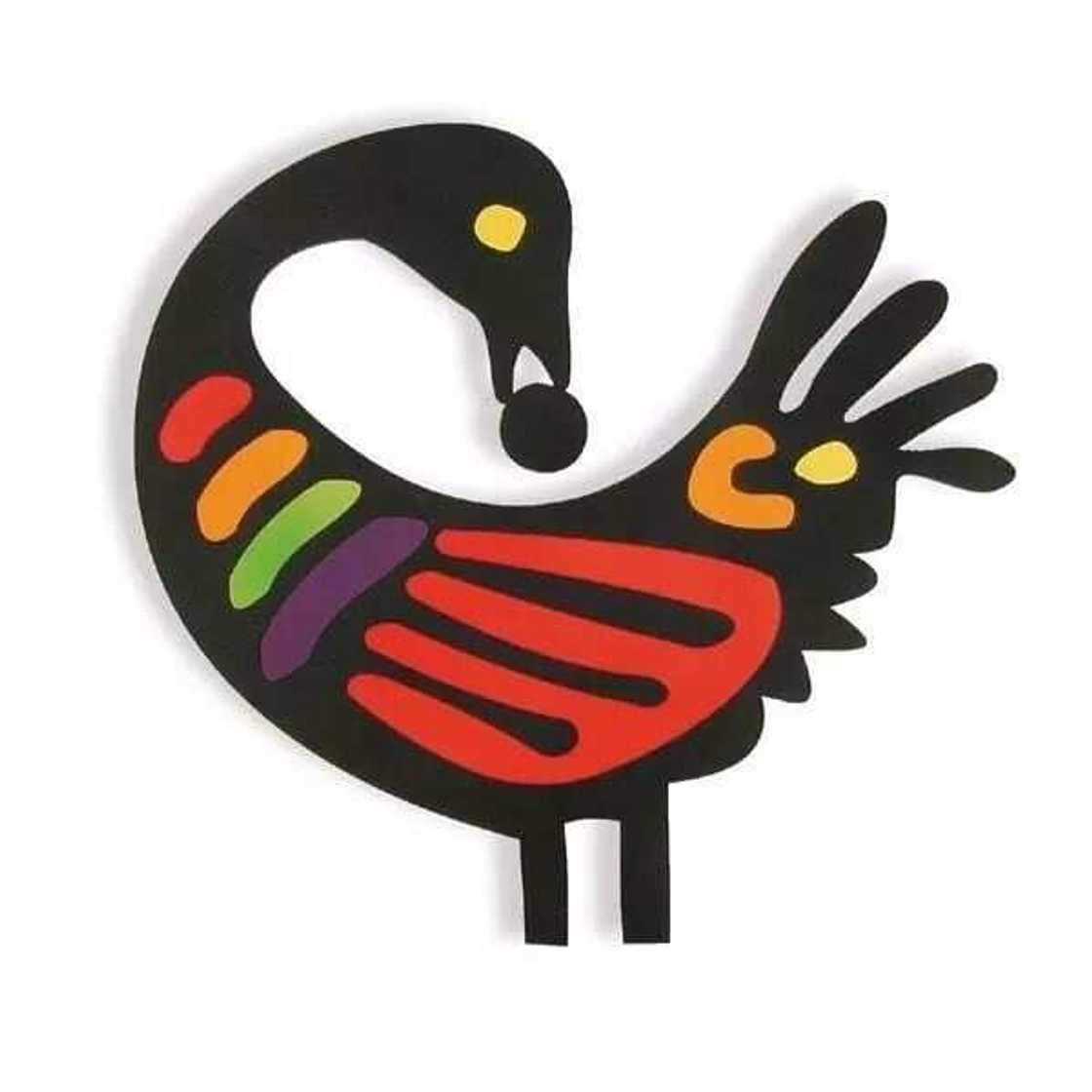
The symbol seems to depict a bird that turns around to catch its egg. It also shows the importance of looking back at your mistakes and realizing its not too late to do things differently.
Gye Nyame
This is one of the signs that has an accompanying Ashanti proverb. The proverb; “look at your past and you will recognize your future” gives a rough sense of the meaning of the sign.

This is one of the Ghana religious symbols that is used to show the supremacy of God. It is very popular among Ghanaians and it is fr this reason that the symbol has been used widely in Ghana especially for decoration. It symbolizes the deep religious character of the Ghanaians.
This is one of the ‘Nyame’ signs that advices people to fear only God and not any other person.
Duafe
This is one of the ‘feminine’Ghana Adinkra symbols. It is revered as one of the African queen symbols. It shows the femininity of women. The ‘Duane’ itself was a prized possession of the Akan woman as they used it to plait and also comb their hair.

The comb stands for the characteristics that define a woman like being caring, cautious, considerate and also the tenderness.
Aya
The Aya is a symbol of endurance and also can be used to show the virtue of endurance. The sign is symbolized by depicting the fren plant. The symbol is worn by an individual who has been able to go through and overcome hard situations. The sign also symbolizes courage.
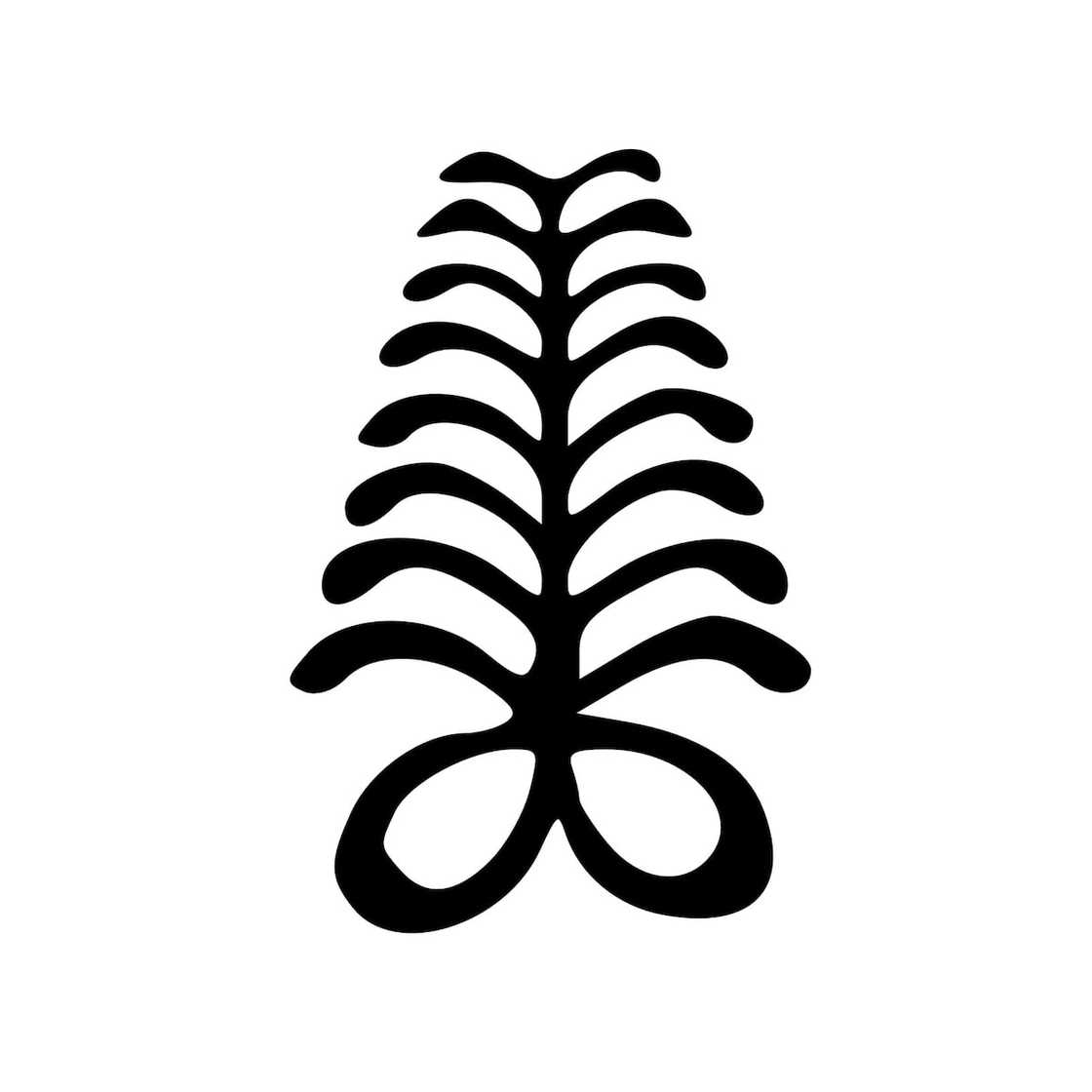
It symbolizes ones resolve to push forward irregardless of the circumstances. While analyzing the picture well, you will realize that the sign gets slimmer as you reach to the top indicating the struggle only gets lighter once you continue with the same good path you are on.
Adinkrahene
This is a symbol of leadership. It shows greatness and personal appeal.
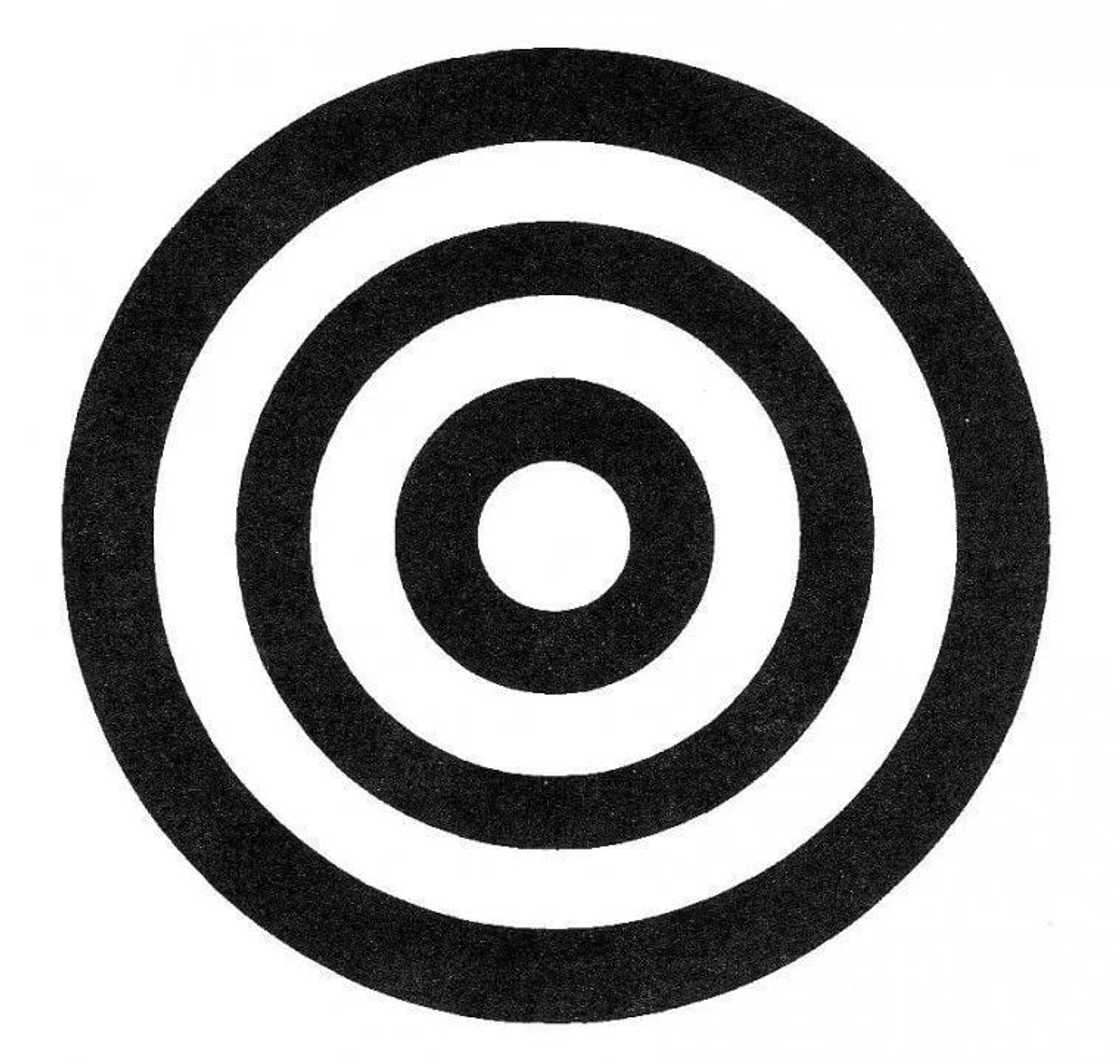
This symbol has had the honor of being praised as the one which played an inspiring role in the designing of other symbols.
Nyame dua
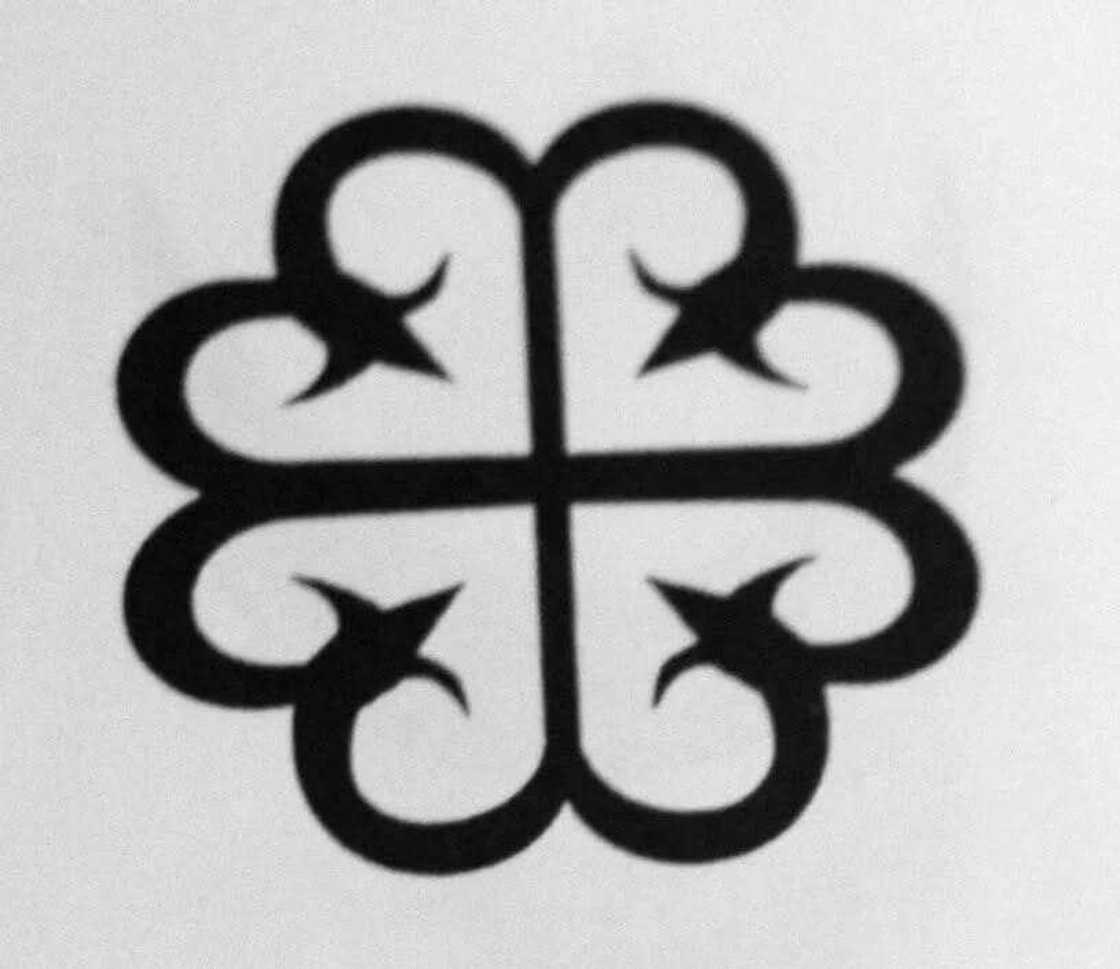
It symbolizes God’s presence. Nyame Dua is a scared place where people perform rituals. It is established in front of the house of compound and is crafted from a tree that has been been cut where branches(three or more) have been conjoined and can be erected in front of a house or compound.
Adwo
This is a symbol that is used to symbolize peace or calmness. It comes with a proverb ‘ ohene nya ahontenafo pa a, ne bere so dwo’ which when translated says’ when the king has good counselors, hen he will have a peaceful reign’.
Akoma
The literal meaning is ‘the heart’. This is one of the Ghanaian akan symbols that is used to symbolize the virtues of patience, endurance, love and also faithfulness.

It comes with the proverb ‘nya Akoma’ which when translated means ‘take heart’.
Wawa aba
This symbol shows the virtue of perseverance. It indicates daringness and toughness. Analyzing it from a perspective of the sign, it depicts the see of the wawa tree.

The wawa tree has the reputation of being hard and for this reason, the symbol is used to show one who is strong and one who is resilient. It encourages one to not give up when times are hard.
Sessa wo suban
This is an African symbols for life that indicates a transformation in the life of a person.

It means, change your character, encouraging people to positively change the world.
Osram ne nsoromma
This is one of the Ghanaian Akan symbol that combines two different Adinkra signs to make one symbol. It combines the morning star and a wheel. The morning star is placed inside a rotating wheel and the symbol gives out the meaning of love, harmony and faithfulness.
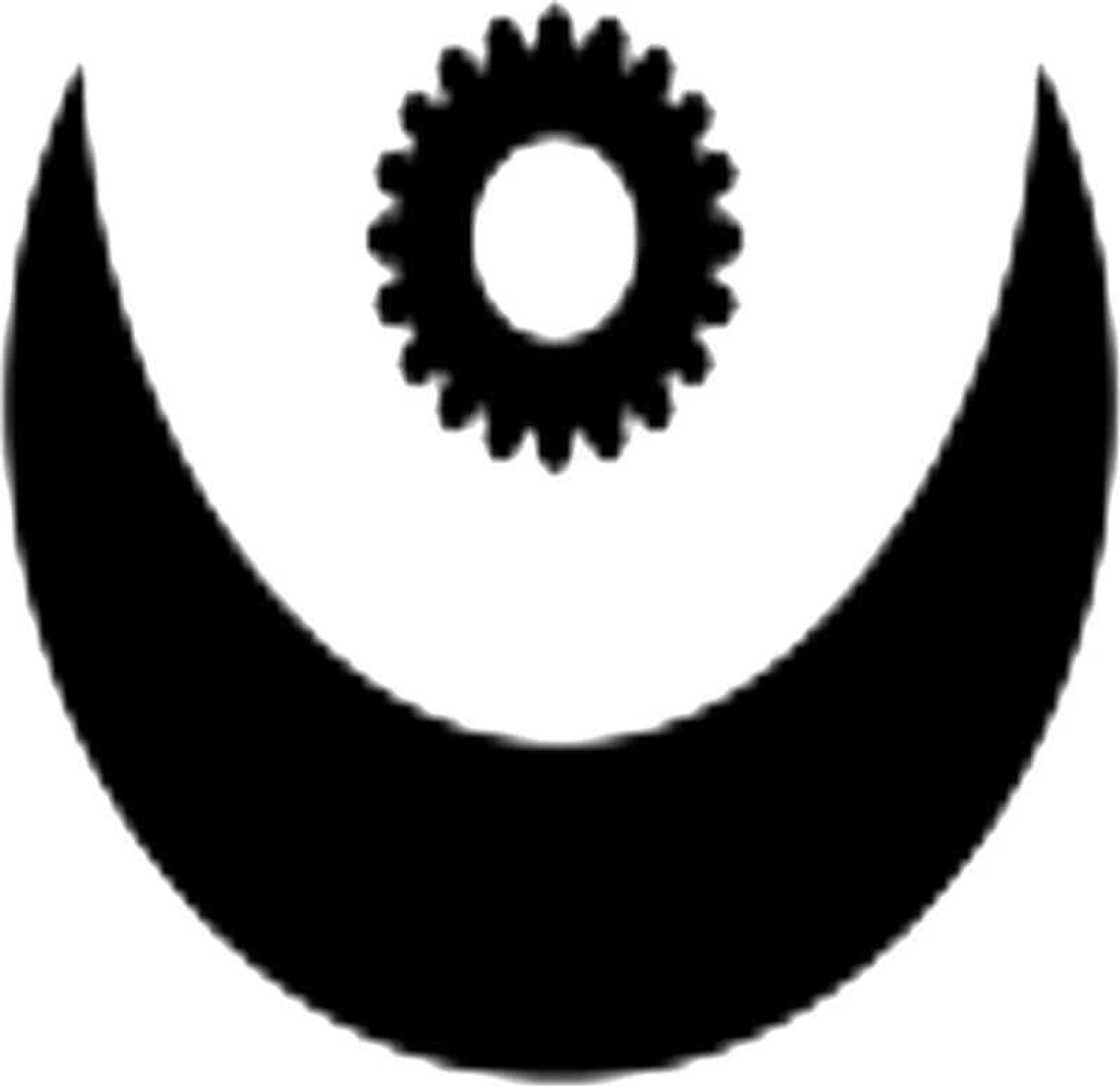
This is one of the Ghanaian Adinkra symbols that talks about the relationship between a man and a woman. It is accompanied by an Akan proverb ‘kyekye pe aware’. The symbol is a combination of the moon and the stars. The North Star has a deep love for marriage. She is always in the sky waiting for the return of the moon, her husband
Mate maise
The mate maise is used to symbolize wisdom, knowledge and discreetness.

The term mate maise is said to mean ‘i understand’.
Nkonsonkonson
This is a symbol that is used to imply the unity between humans. It is used as a reminder that unity is essential to a people who want to be strengthened.

It also encourages the people to retain their individuality even as they seek to unite.
Okodee mmowere
Okodee mmowere, or ‘the talons of the eagle’, is a symbol of this is a symbol of strength. In addition to strength the symbol also depicts bravery and power. The eagle is considered one of the mightiest bird in the sky and its might is concentrated n its talons. This symbol was so revered that one of the nine Akan clans, the Oyoko, used it as their official clan emblem.
Mpatopo
The Mpatotpo is a symbol of reconciliation. It is a symbol of peacemaking and appeasement.

It represents the knot that holds parties who are In a dispute together, that they an now reconcile after a disagreement.
Mmusuyidee
This is traditional Akan symbol that symbolizes good fortune and sanctity.

The symbol is also a religious symbol as it invokes god’s presence while also conveying luck.
Ananse ntontan
The Ananse ntona, or ‘spider web’, is one of the Ghanaian local symbols for wisdom, creativity and the complexities of life. Ananse is a well known character in the African folk tales.

Denkym
Denkym, or ‘crocodile’ is a symbol of adaptability. The animal that the sign was derived from, the crocodile, is a highly adoptive animal.

The crocodile lives in the water but at the same time breathes the air.
Dwennimmen
This is a traditional akan symbol that represents humility and strength at the same time. It is symbolized by the horns of a ram. The ram will fight its adversaries fiercely but when it is being slaughtered, it becomes submissive and lets itself be slaughtered.

The sign comes to teach people the importance of humility no matter how strong one is. It also comes to teach the people the need to be ready to learn which will lead to acquisition of wisdom.
Bin nka bi
This is an an Akan symbol used to emphasize the need of peace and harmony. The symbol is used to warn the people not to be provocative. The symbol is characteristic of two fish biting each other’s tails.
Akoma ntoso
Akoma ntoso, or ‘linked hearts’, is a traditional Akan symbol that signalizes understanding and being in agreement. It also symbolizes the immortality of the human soul as it presents it as a closed unity.
Kete pa
Kete pa, or ‘good bed’, is one of the Akan symbols that touch on the topic of family. It represents a good marriage. It derives its meaning from the belief that a woman who is in a good marriage is said to sleep on a good bed.
Kwatakye atiko
Kwatakye atiko, or ‘hair style of the Asante war captain’, is one of the Ghanaian cultural symbols used to depict the virtues of bravery and valiance. It is based on the hair style that the Asante war captain, Kwatakye, used to have. The symbol has since then been used as a sign of bravery and fearlessness.
READ ALSO: Basic elements of culture in Ghana
Hwe mu dua (measuring stick)
This is the traditional Akan symbols that symbolizes examination and quality control. The symbol s used to emphasize the need to look for quality in whatever product you seek to sell or buy and to producers, it stresses the need for them to seek to give quality products to consumers.

The sign is so revered in Ghana that all the goods that are manufactured or produced in Ghana have to bear this mark as a mark of quality. It shows perfection.
Funtunfunefu (siamese crocodiles)
This is one of the traditional Akan symbols that has political significance. It is used to symbolize democracy and unity among a people. The image depicts the two siamese crocodiles sharing a stomach but then they still fight for food.
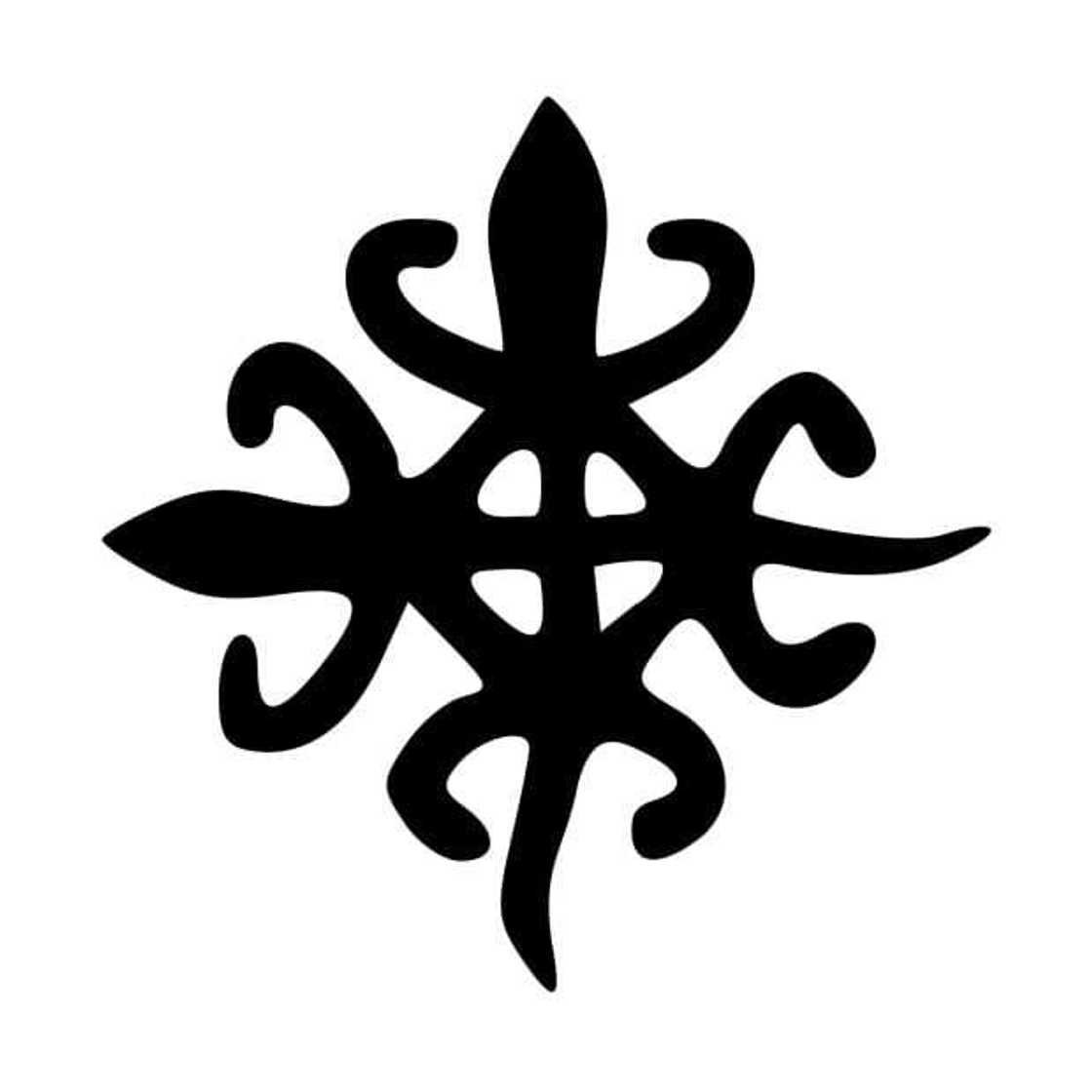
It is evident that the food will still end up in one stomach but still they fight for it, the symbol is used to remind people that tribalism and fighting amongst themselves is a useless endeavor and is harmful to them as they are of one country and that are all humans. No one is greater than the other.
War hor
This Akan traditional symbol is used to signify the need to be vigilant and wary.

The symbol depicts an Akoben horn that was used by the people to sound a battle cry.
Akofen
The Akofen, or ‘sword of war’, is one of the several Akan symbols that depicts courage, valiance and heroism. It is characterized by some two crossed swords that were a popular design crafted in the Akan tribes shields.

The symbol is also used to depict the legitimacy of a state authority.
Nyame Nti
This is a symbol used to show ones faith and trust.

According to Bruce Willis’ book, The Adinkra Dictionary, the symbol is used to show the power of god by praising him for the food that he has placed on the earth that is crucial for mans survival.
Nkiyinkyim

This is used to show the need for initiative and versatility.
Boa me na me boa wo
The literal meaning of the phrase is ‘help me help you’.

It is used as a symbol to signify the need and importance of helping one another by depicting interdependence and cooperation.
Where did the Adinkra symbols originate from?
What is the history of Adinkra symbols? The now famous Adinkra symbols are believed to have their roots in Gyman. Gyman was a kingdom that was located in the area that is now called Côte D’Ivoire. It is believed that the name Adinkra was the name of the king of thee Gyman empire. It is believed that the Asantes forged an attack on the empire after the people of Gyman copied the Asantes’ “Golden stool”. The stool had a significance in the Asante empire as they considered it a symbol of absolute power and also tribal unity. Adinkra also has a meaning of “goodbye” in the Twi language. The Twi language is the language of the Akan ethnic community which also comprises of the Asante therefore the Ghana Twi symbols are no different from the rest.
It was believed that the Gyman king wore patterned clothes during his capture as he was taken to Kumasi, the Asante capital, as a way of expressing his displeasure. He was eventually killed in Kumasi.

It is believed that around the 19th century, the people of Asante took the Gyman symbols and started incorporating them in their clothings by painting the symbols in the fabrics they used to make their clothes with. However, this practice was not started by the Asante as the people of Gyman had been practicing it all along.
The Akan, and especially the Asante, have made it a tradition to wear outfits decorated with the Adinkra symbols to occasions that are deemed important. Such functions include, funerals where the clothes signify sorrow as they bid ‘goodbye’ to their close friend or relatives. However, the case is different in the modern day. Today, the Adinkra cloth is worn by different people in Ghana and it is not exclusively worn by the Asante people.
It is evident that the Ghanaian clans and their symbols have a long history and the fact that the symbols are still significant today is an indication of how culturally rich the Ghanaian people are.
What is the importance of Ghanaian traditional symbols?
As seen above, the Adinkra symbols have been designed with an aim of showing different teachings and themes that have been passed down throughout history. While looking at the Ashanti symbols and their meanings, you will realize that the symbols are accompanied by proverbs that have a deep meaning. The traditional Asante culture was full of proverbial teachings which were used to instill wisdom in the people.
Other symbols were used to show the significant events in history, behavioral tendancies in humans, plant behaviors they forms and also the object shapes.
Ghanaian traditional symbols and their meanings are therefore not just any random signs, but well thought after signs embedding deep teachings that help one in life.
The Adinkra cloth
The Adinkra cloth is a cloth that has traditional Adinkra symbols imprinted in them. It is regarded as one of the traditional clothes that emerged from Africa.
During the time of the Asantes, the cloth was a preserve of a few. It was only worn by the royals and the spiritual leaders. However, they did not wear the clothes throughout, the clothes were only worn during important occasions such as ceremonies and during rituals.
In the present day, the Adinkra clothes are worn for a wide variety of ceremonies including weddings, festivals and also naming ceremonies just to name a few. They are not a reserve of a few as was the case in the traditional times.

What are the different types of Adinkra clothes
The Adinkra clothes are divided into two major categories. There are mourning clothes and the Kwasiad Adinkra.
The mourning Adinkra clothes are categorized by their dark colors. They are either the dark-brown clothes (kuntunkuni), the brick-red clothes (kobene) and the black clothes (brisi). Taking an example of the black clothes, they were used to signify sadness and hopelessness. Black was a sad color in the Asante kingdom and the red color was associated with death and blood. For this reason, the colors were used I sad occasions. The kobene clothes were worn during the Asantehene’s funeral and also during the times when the kingdom experienced a calamity.
The Kwasiada Adinkra(or the Sunday Adinkra) are the fancy clothes that are not suitable for wearing during a funeral. They are worn during happy or joyous ceremonies or can be used as a daily wear. These types of Adinkra clothings have several bright colors including red, yellow, blue and white just to mention a few. They are called Sunday Adinkra because they represent the activities of a typical Sunday which was filed with social activities like dancing and the plying of the traditional games in addition to other religious activities.
What are the other uses of the Adinkra symbols?
The use of the symbols has become rampant and it s now used in different ways. At the present, the symbols can be found in different designer clothes in Ghana. The symbols are used as an added decorating accessory by different designers in Ghana and all around the world. The tradition has also been introduced to art in a different was. It is no surprise to find people nowadays having Ghana symbols tattoos too.
The symbols are also used in the designing of sculptures. The images have been turned to sculptures which are sold for a profit to people who value the symbols. The symbols are so revered in Ghana as some corporations use the symbols as their official logos.
The Adinkra paintings
The Asante people also incorporated the Ghana traditional symbols in their paintings. They used two methods
- The block-stamp technique – this technique needed one to have a wooden or metal stamp to imprint the image in the painting.
- Screen printing - the Adinkra symbols were originally painted in the clothes from hand curved stamps and a dye/ink (Adinkra adu). The images were curved from the calabashes and the dye/ink was derived from the barks of the Badie and the roots of the Kuntunkkuni trees.
How were the clothes painted? The barks and roots were left to soak in water for a number of days and are thereafter pounded. This was to allow them to become soft. The badie bark was then boiled with iron scraps and the dark brown color that emerges is then sieved and engraved in a piece of calabash or pot. The kuntunkuni roots were boiled in a dark solution to dye the cloth black and after hat it is dried.
Ghana national symbols and their meanings
The national symbols incorporate the Ghanaian ewe symbols in them. Let us look at the coat of arms of Ghana to show that the African signs and symbols also have a significant bearing not only in tradition, but also in democracy.
The coat of arms of Ghana
The coat of arms has different images embedded in it. The upper left part shows a sword (okyeame) which is used at ceremonies. The sword is one of the Ghanaian symbols meaning, ‘the regional governments of Ghana’. The area in the right shows a castle overlooking the sea, which represents the presidential palace in Accra. The lower left side shows the cacao tree. This shows the wealth that Ghana holds. And the lower right part shows a gold mine indicating the abundance of natural resources in Ghana.
READ ALSO: 10 ridiculous African cultural excuses that must end
Source: YEN.com.gh











